The Adventure Gene
There is a gene that runs in my family.
Perhaps in yours also. It first expressed itself in me at age five when I decided to leave home. A half block down the alley, I regretted my decision to leave just before dinner time and so ended my first travel adventure. Since then, I’ve nearly drowned in a Mayan cenote, caught in the middle of a herd of elephants in the dark and sat in the pilot’s seat of a Cessna 150 wings vertical at an altitude of two hundred feet due to an unexpected westerly wind. The Cuban pilot instructor took control and landed us safely. Leaning against the now silent Cessna, letting the adrenaline rush fade, he said that was scarier than that Bay of Pigs thing.
This is one of those “Before disaster struck” photos.
Or, almost, anyway. Minutes after this photo was taken we found ourselves completely surrounded by a herd of agitated elephants. Ear flapping means they are warning but when they pin their ears back they mean to kill you. We are alive only by the remarkable coincidence that the racing engine of a Land Rover resembles the sound of an answering elephant and seemed to mollify the elephant leader. Everything in Africa is trying to either kill you or eat you.
Please hit the ❤️ button at the bottom of the page to help this story reach more readers. And if you’re not already a subscriber, I’d love to have you join me. Thanks!
There are several theories on how and why the thirst for adventure develops. The textbook answer is simply variation on the DRD2 Dopamine gene. A few lone voices think it is inherited from our Neanderthal ancestors — to which my daughter replied, “That explains so much.” Others believe that it seems to be expressed more in those ancient tribes whose descendants today would be found in Whales, Ireland and of course Scotland.
What is most certain is that like all gene based behaviors, genetics is only half of the cause, the other being early exposure to reinforcing environmental stimulus. Mothers, do be careful what books you give to your child at age five.

Was there evidence of this in the family photo collection? The exploits of my paternal grandfather are family legend and deserve its own narrative. He left his father’s farm out of boredom and joined the horseback patrols in pursuit of the Mexican bandit, Pancho Villa. This was the last action of the U.S. military conducted on horseback. For the flavor if not the facts of this period, watch the 1969 Sam Peckinpah movie, The Wild Bunch.
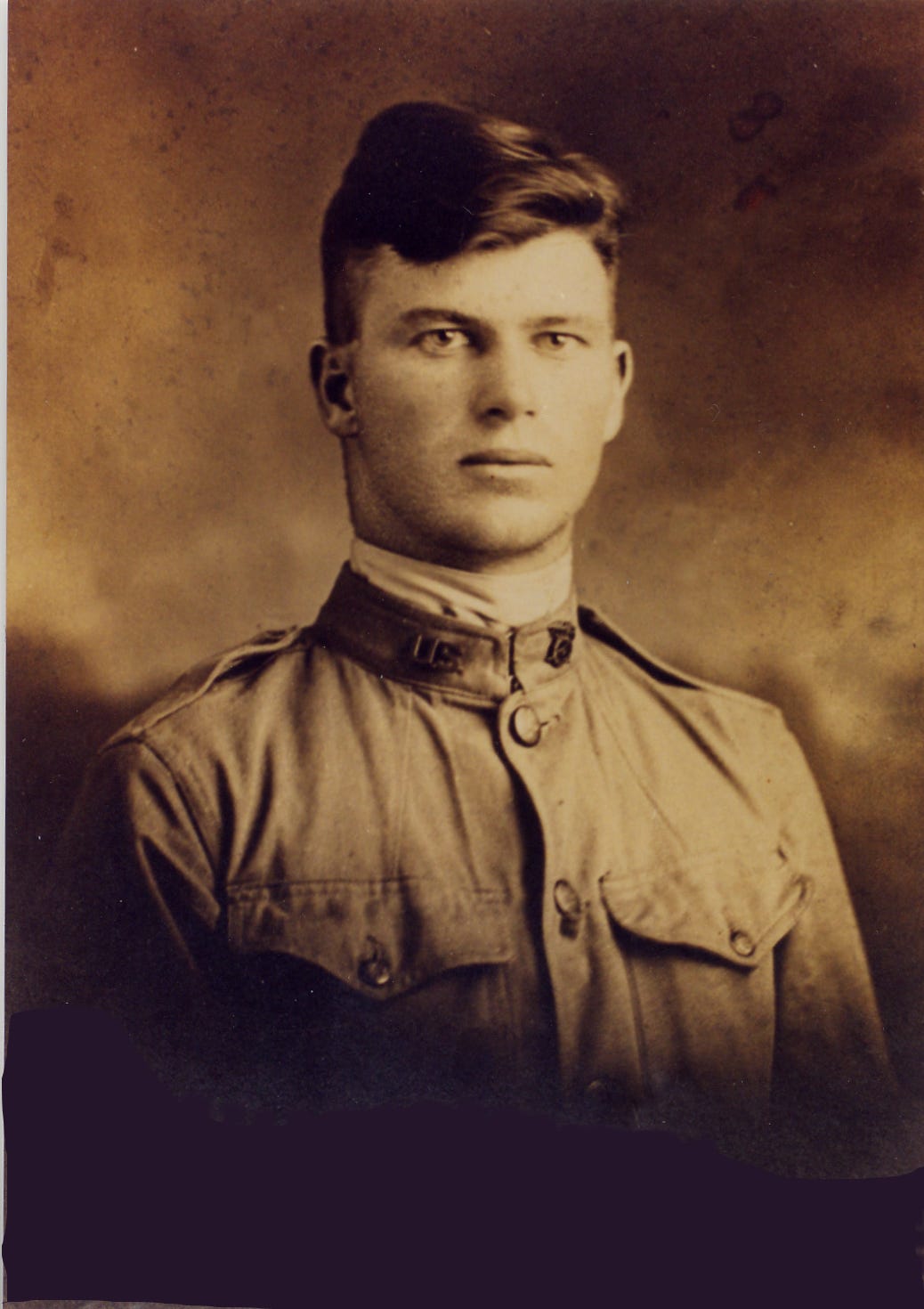
Walden Ridge & Monteagle Grade
In looking over the family photos for evidence of the DRD2 gene in action, I nearly overlooked the photo of a woman and her two children next to a 1925 “Improved” Ford Model T. The photo is labeled simply, “Nora on Walden Ridge.”
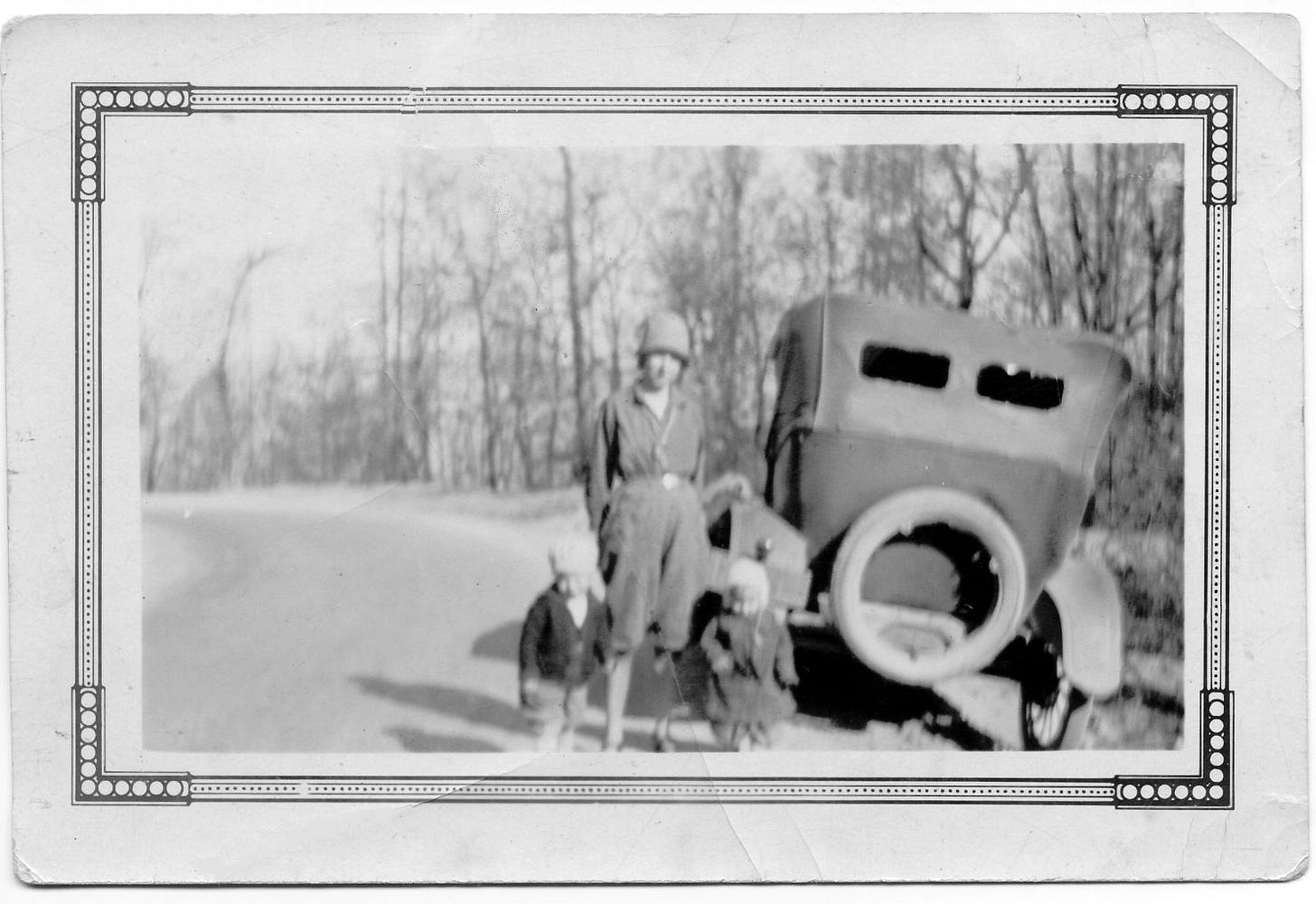
Nora was Nora McDonald Shaw (1893-1968) who had married my grandfather’s brother Boynton. The two young couples often traveled together to Florida. Their tales of 1920s Florida achieved mythic status, included whisky smuggling, spotlighting alligators, and of course, being chased up a tree by wild boars.
This annual migration was as much economic as adventurous. The two brothers were talented tradesmen that could build or repair nearly anything. They found easy work and prosperity near Ft. Piece as carpenters building out the first Florida land boom in the 1920s.
I initially thought Walden Ridge was just another place somewhere. But the first time I encountered Monteagle Grade at Walden’s Ridge pulling a camper trailer the year of my new found retirement freedom, it was fairly terrifying. The generous number of runaway truck lanes did not ease my anxiety. Apply the brakes too little and you gain speed. Apply the brakes too much and you risk over heating and brake failure. My adventure gene was fully satisfied that day.
Monteagle grade is one of the most dangerous sections of highway in America. The current I 24 descends over a thousand feet in a few miles at a 5 - 6% grade. In a diabolical twist, the runaway truck lanes exit from the left but truckers are required to stay right. So if a truck looses its brakes, the driver has to make it across two lanes of traffic to catch the runaway lane. You gamers out there could make an exciting video game out of this similar to Frogger. I am not sure how it would be received in the truck driver community however.
I discovered trucker comment boards with speculation on what happens if your big rig looses control. One said you will probably die but the runaway truck lanes will improve the odds of not taking others with you. Others comment that you will damage your truck and it will cost a fortune to pull you out. Still others opine that you will be fired from your trucker job. Nothing good happens.
Walden Ridge is a significant northeast-southwest running geological formation that separates the Appalachian Mountains from the Cumberland Plateau. It is the most formidable natural feature encountered in the drive from Illinois to Florida. Early pioneers where stymied by it also, the only practical pathway for them was to float the Tennessee River through the area.
The Ridge itself played an important role in the Civil War. General Grant was sent there by Lincoln to extricate Rosecrans’ army trapped at Chattanooga between the topography and the Confederate Army. Finding a strategy to break out, the Union Army slowly climbed its way out of Chattanooga toward the Confederates. The terrain was so steep that at one point, Grant’s horse could not carry him up the incline. Due to an injured leg, the general suffered the indignity of having to be carried while his horse trailed behind led by the reins.
In popular culture, Monteagle grade is featured in the 1977 film Smokey and the Bandit with a song by Jerry Reed. Johnny cash also sang about a harrowing experience on Monteagle grade in the 1990 release Monteagle Grade. You can listen to it here: Monteagle Grade
Experience the entire ride in this 14 minute video clip from a husband wife truck driving team. The commentary is interesting and shows it from the point of view of a big rig driver. Drive down Monteagle Mountain
The Dixie Highway to Florida
By 1923 the route down Monteagle Mountain had been rocked with gravel and graded somewhat to make a passable country road. Instead of a long steep grade like today, there were many switchbacks, tight turns interspersed with ruts and washouts. The major improvement would not come until 1927 upgrades with its inclusion in The Dixie Highway. Envisioned in 1914, the Dixie Highway was constructed piecemeal between 1915 through 1929.
Boynton and Nora’s 1925 trip from Illinois to Florida would have taken about four days of steady daylight driving. The top speed of a Model T is 45 mph but frequent maintenance stops to cool brakes, fill the radiator and change flat tires could add to the trip time, plus the needs of two toddlers. The gas gauge was a wood stick you put into the tank to measure the remaining volume.
The Monteagle descent would mean traveling at an even slower speed. And with only a nine gallon tank at 14 to 18 miles per gallon in rough terrain, a fuel stop every hundred miles would be necessary. Fortunately, roadside motels were developing as fast as the road system but better yet if you could find a relative to stay with somewhere along the route.
We don’t know the reason Nora is stopped on Walden Ridge. With two small children, an exhausting noisy ride in a Model T, there are many possible reasons and perhaps the answer is “all of the above.” But there is also a tradition of stopping for a break on top before the descent. Today, it is mandatory that big rigs stop for a safety check of brakes. The speed limit for trucks is 45 mph but 35 is suggested depending on weight. In Nora’s day a stop before the descent would allow the brakes to cool, the children to stretch their legs and the driver to steel his nerves for what would have been an hours worth of gingerly picking their way down the mountain into Chattanooga.
However tiresome the annual pilgrimage to Florida became, the two families continued to come and here we see by 1937 an air of prosperity. Two shiny new Chevrolets are visible indicators of success. The one on the far left appears to be a Master Deluxe, the most expensive of 1937 Chevrolets. The Spanish Colonial revival style house in the background was built by my grandfather, Ralph Shaw (pictured on far right holding string of fish).

The Florida that we know today was largely invented in the 1920s. It was birthed into being on top of a land boom only to bust. Since then the cycles have repeated with slight variation. There was the Space flight and Disney World boom in the 60s, the cash infused narcotic traffic of the 1980s, the land boom and bust of 2008 and even today, there is worry of another over heating as absentee landowners take advantage of zero income tax amid seemingly endless real estate appreciation. But people will still come for the sunshine. Some will also come for adventure and a few will stay.
Ultimately for the Shaw brothers, it all blew up one day. My grandfather blamed the bank that closed, taking his money with it and sending him back to Illinois “with a tile spade and a Studebaker.” After the beginning of WWII he found work at an ammunition plant in St. Louis, ironically owned by Chevrolet but now converted to making bullets instead of sleek new cars he formerly owned. His brother Boynton stayed in Florida working in construction and by retirement time owned a comfortable home in Ft. Pierce on the water. Through the magic of Google Maps, I was able to find his house and show you the view from the front yard.
I now make my own annual pilgrimage to Florida preferring the gulf coast. We stay for a few months hiding from the Illinois winter, and then make our way back again in time for spring. Along the way as we zip down I 57 and then I 24 and I 75, I am ever reminded of the ride through history.
Copywrite 2025.
Photos owned by the author might be shareable if you ask permission first.
If you liked reading this and do not have the app on your phone, for goodness sakes, do it now. It makes the reading experience so much better and it’s free.




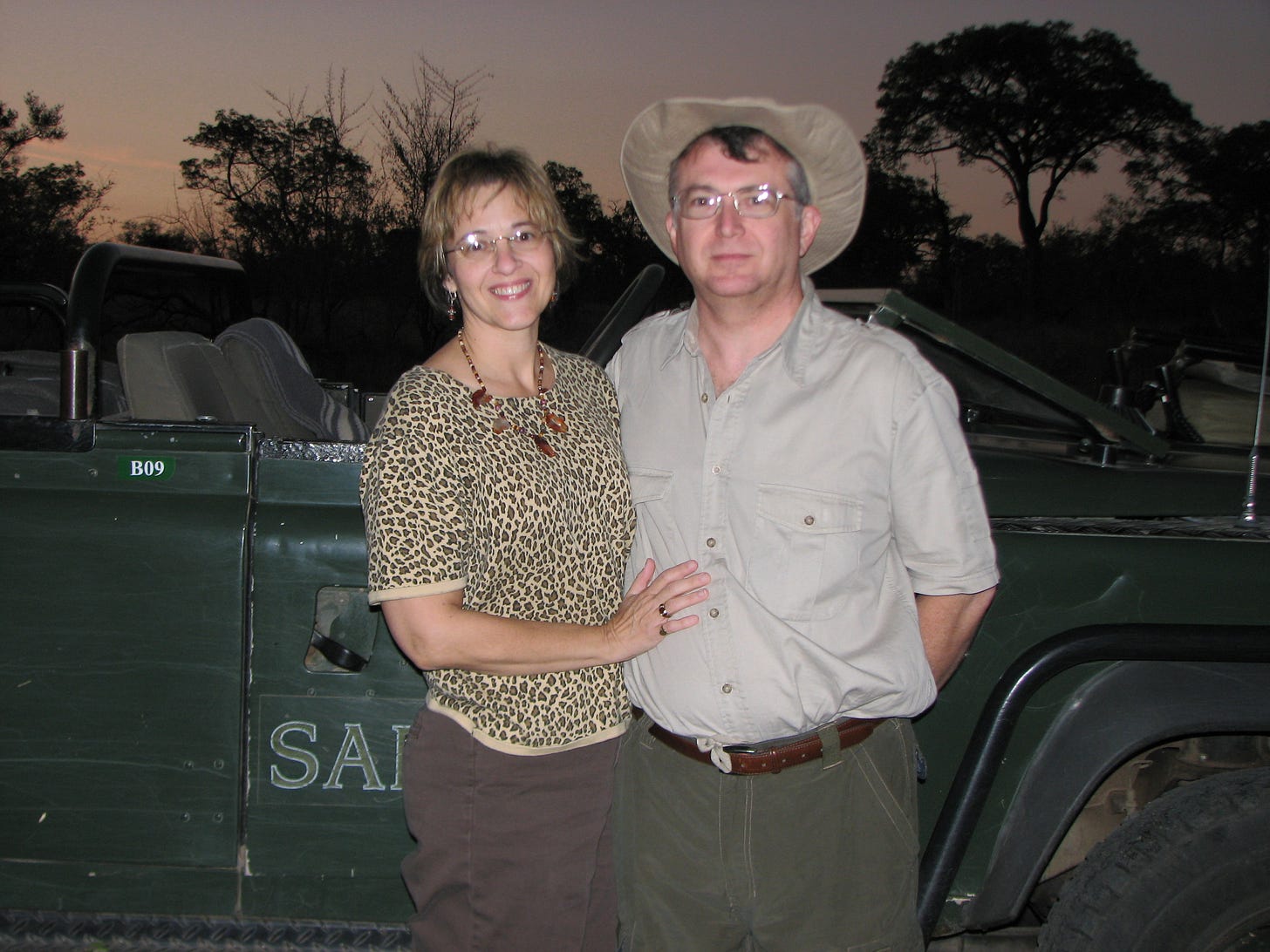
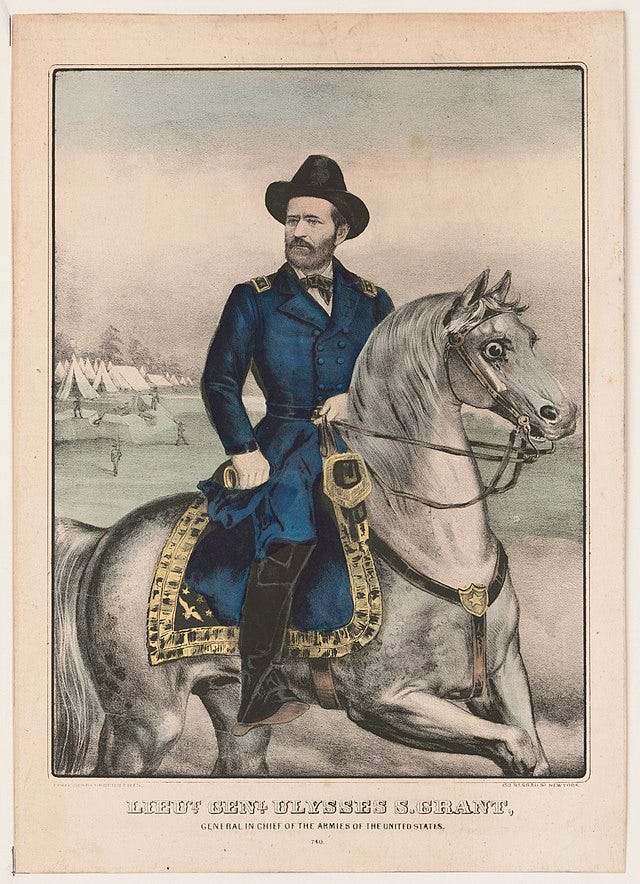


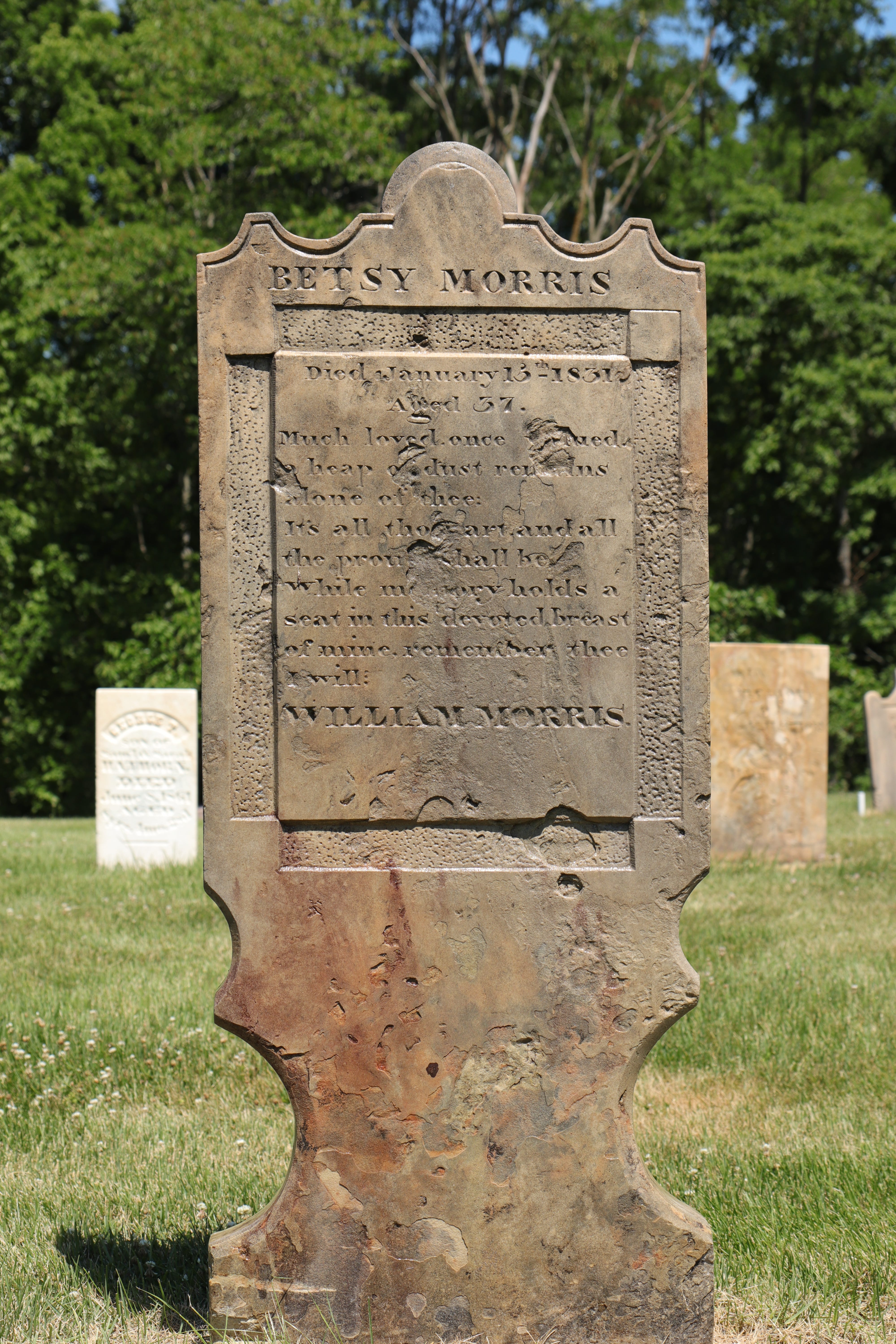
Oh my… I’ve got a story to tell about a famous, though now closed Bolivian drive from La Paz in the Andes to Cochabamba in the Amazon forest… thankfully I was too busy calming my irate mom to be afraid. I continue to be wary of Florida.
Family history interlaced with a fascinating history of American motoring! I did not know about the Monteagle Grade, or the hair-raising experience of driving to Florida back then. Great yarn and great social history.